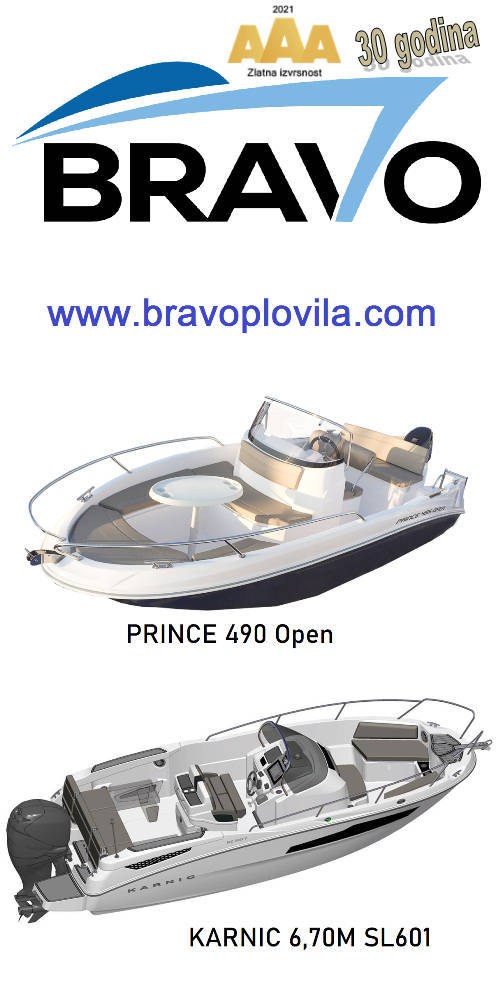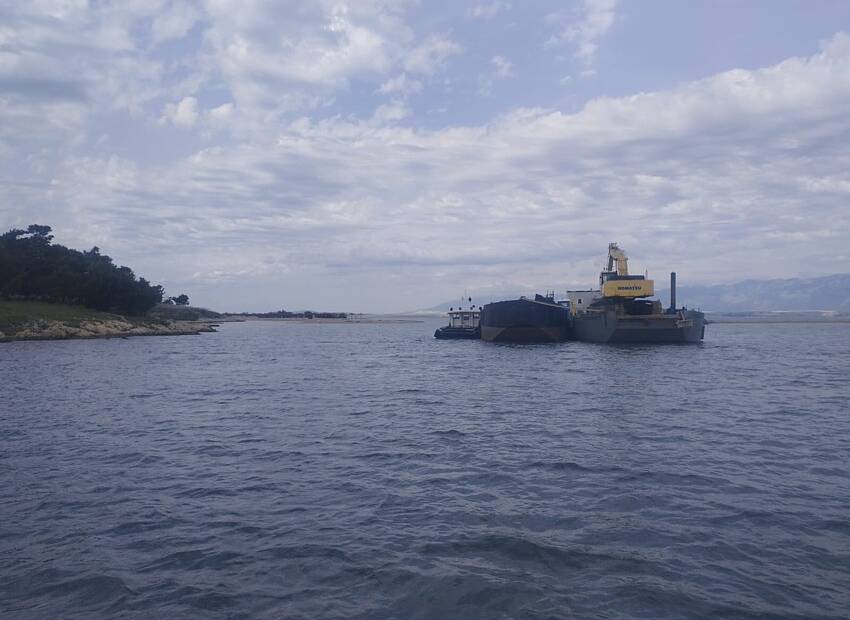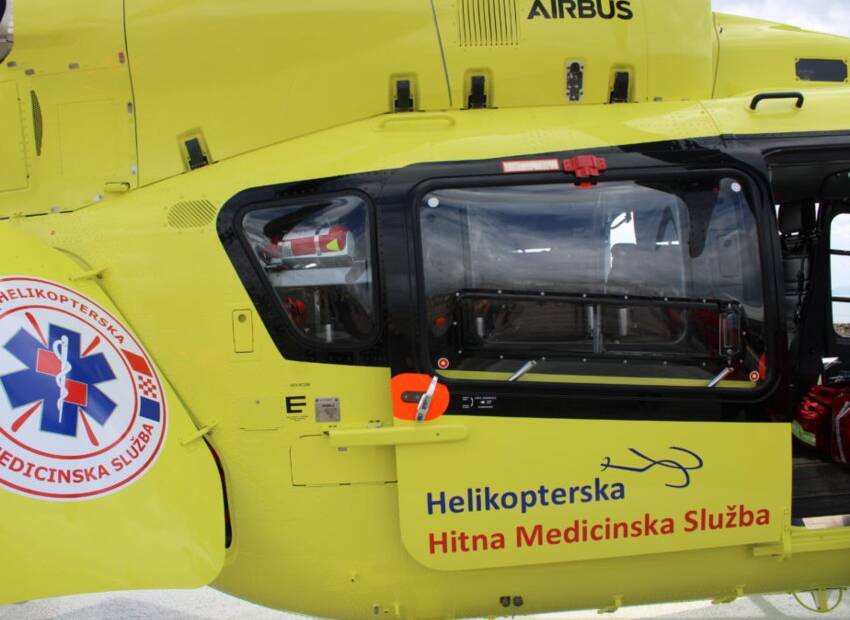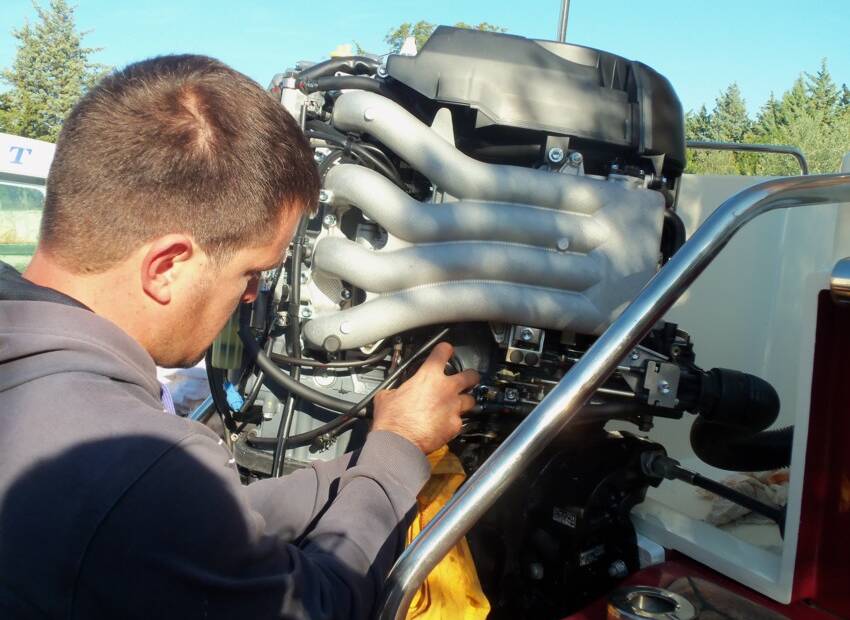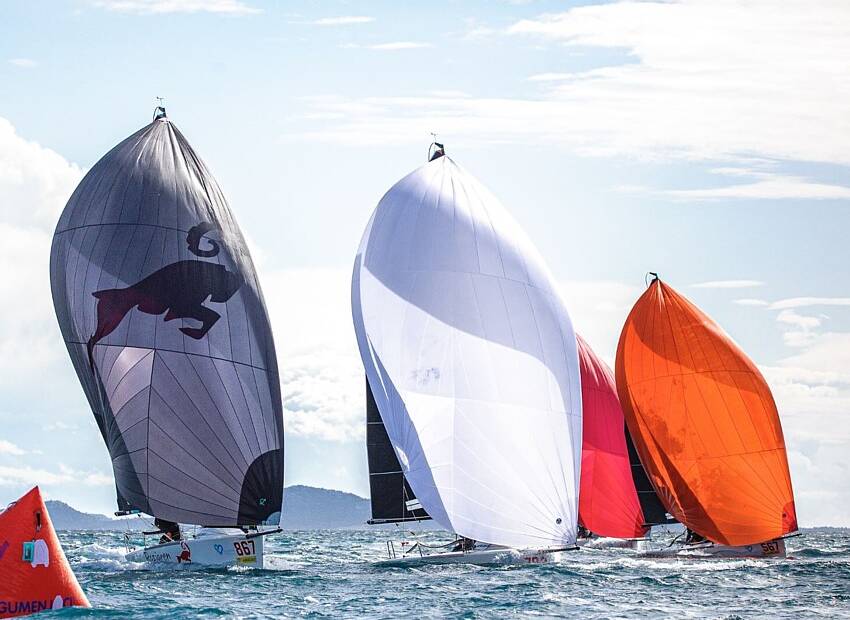Preparing our boats and ourselves for cruising or any other type of boating means first understanding the dynamics that can create problems. All vessels rotate or move around imaginary lines called axes. I find it easiest to visualize these as long rods penetrating one side of our little ships and exiting the other.
How to Predict the Three Major "Boat Motions"
Horizontal, vertical or lateral motion generates rolling, pitching or yawing respectively. The stability of our vessel and safety of our crew depend on our ability to keep these "yacht-motions" to a minimum.
Imagine a long rod that pierces your vessel from end to end (roll), side to side (pitch) or through her center from top to bottom (yaw). Use the illustrations below along with the sailing solutions described to increase comfort aboard your sailboat in a seaway.
Rolling
Step aboard your vessel and she leans toward you because of your body-weight. Hoist her sails and bring her onto a close-hauled course and she rolls -- or heels -- to leeward in a fresh breeze. All vessels incline around the horizontal "roll-axis", an imaginary line that runs from stem (bow) to stern.
The amount of incline depends on design, weight distribution, wind conditions and the amount of sail being carried. Keep your sailboat sailing flatter with less heel when you reef the mainsail and change to a smaller headsail.
In extreme heavy weather, do not use roller furling Genoas. Furl a Genoa partway and her foot begins to rise farther off the deck. Winds have more velocity up high. Heel can increase and the boat will be out of balance.
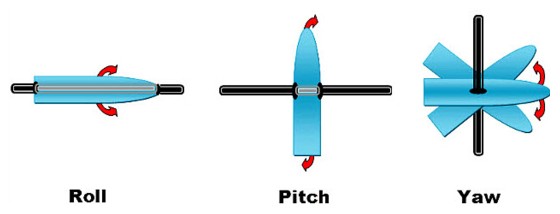
But that's not all...
Furling sails are notorious for failure in tough weather. Lines or drums jam, or the furling sail could shred partway up the extrusion. Shorthanded crews could spend hours as they attempt to retrieve the damaged sail.
On the other hand, a hank-on jib or staysail (see photo above) goes up and comes down. Even if damaged, you could pull the sail down in seconds, send it below, and change to a secondary headsail. It goes up. It comes down. Works every time--guaranteed.
Pitching
Your boat moves in a vertical, up and down motion centered on an athwartship axis that runs from port to starboard across the boat. Pitching is not a good thing for those of us under the influence of the king-of-wrath "Mal-de-mar" (that's the fat guy with the green skin and the poop-eat'in grin that loves to see you hanging over the lee side pumping your stomach bilge).
Lack of weight at the ends of the boat and sea state can amplify this vertical rise 'n fall motion. Below-decks, move weights out of the ends of the boat. Shorten sail or slow down and/or changing course. Both actions take care of pitch-motion in a big way (see story later in this article for more on pitch-motion).
Yawing
Run before the wind in a fresh breeze and you will experience horizontal "right-left" movement around the vertical "yaw-axis". Imagine a rod that penetrates the deck of your boat (similar to a mast), and exits the bottom of the boat (see far right illustration). What causes excessive yaw? Too much weight forward -- multiple anchors or all-chain rode -- can amplify this yaw-motion. Move some of that weight from the bow. Add a bit of weight aft and slow down. Both actions will help lessen yaw.
Captain John Jamieson
www.skippertips.com
Click here to find out how you can get instant access to 1000+ sailing articles, 360+ newsletters, 255+ sailing videos and 20+ FREE eBooks.






